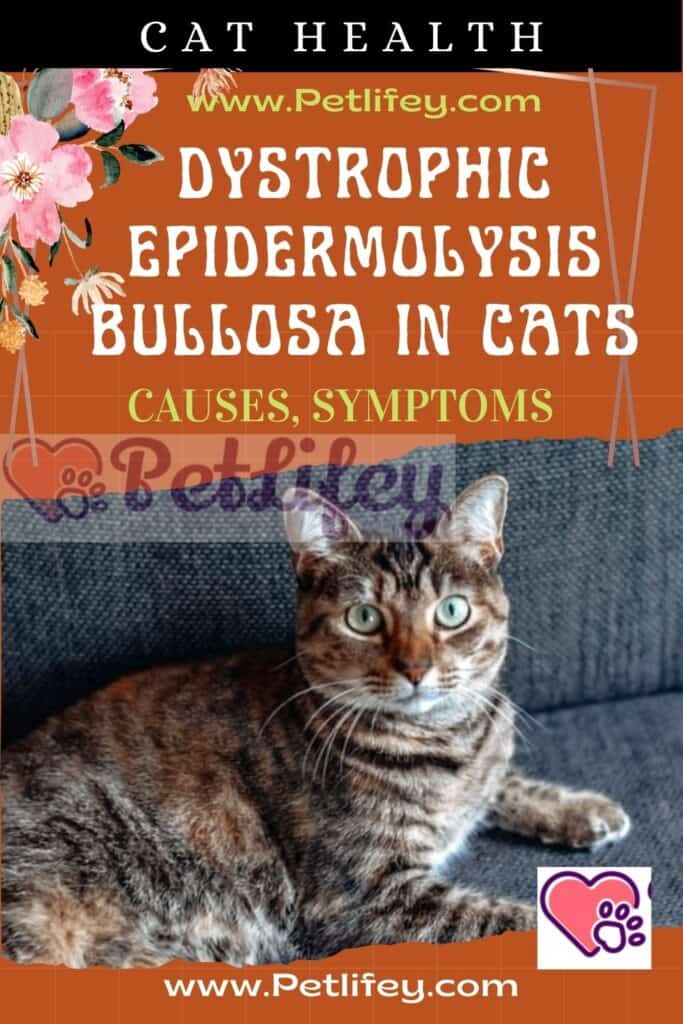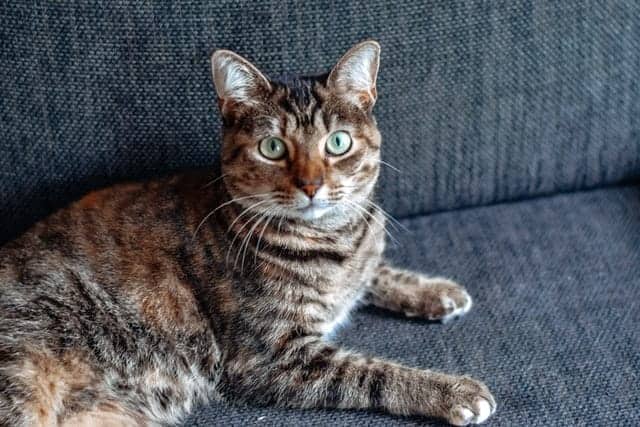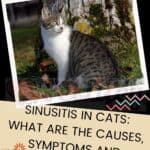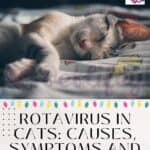Dystrophic epidermolysis bullosa is an extremely rare disease in cats. But what is it about? And how to recognize it?

It would always be useful to keep a medical encyclopedia at home, to be consulted when needed. Because the number of existing diseases is innumerable; very often, in fact, the name of a pathology alone does not suggest anything to us. This is the case of dystrophic epidermolysis bullosa in cats ; let’s find out together what it is and what the symptoms are.
What is it and what are the causes
Dystrophic epidermolysis bullosa in cats: most readers probably have no idea what this pathology is, which can also affect humans.
The reason is quite simple: it is an inherited skin disease, caused by a lack of collagen in the skin, which is extremely rare.
Even our four-legged friends can be affected by the disease; but, given the due proportions, in the dog it is decidedly more frequent than in the cat.
There are 3 forms of epidermolysis bullosa in cats:
- simple
- dystrophic
- junctional
In the cat, the dystrophic one, more than rare, appears unique: to date, in fact, it seems to have been recorded in only one specimen, an 8-month-old European cat .
Symptoms of dystrophic epidermolysis bullosa in cats
The lack of collagen in the skin usually determines the appearance of erosions and blisters all over the animal’s body.
With the disappearance of the basement membrane that connects the skin to the other structures of the body, the muscles and other tissues, being exposed, remain at the constant mercy of infections.
However, in the only case of dystrophic epidermolysis bullosa recorded in a cat, the lesions were found only in the oral cavity (tongue, palate, gums), as well as on the pads.
What to do

In the presence of symptoms that may lead one to suspect the onset of dystrophic epidermolysis bullosa in cats, it is good to promptly alert your trusted veterinarian.
In dogs, the disease (which occurs at birth or in any case in the first weeks of life) has a fatal outcome; all that is possible to do is to slow down its course. In the only case recorded for felines, in this regard, no significant data can be obtained.
Although the symptoms appeared later (at eight months) and appear less severe, they should not be underestimated: extremely painful lesions to the cat’s mouth would have the effect of inhibiting him from feeding, leading to death in a few days; those afflicting the bearings, on the other hand, would make movement more difficult, if not completely impossible.






